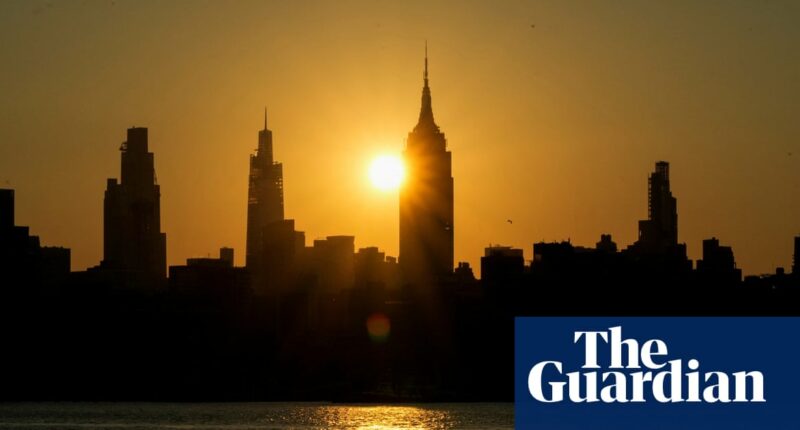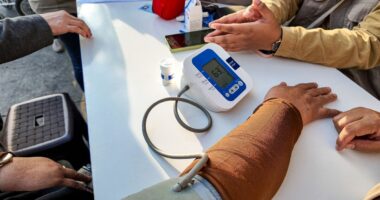Share this @internewscast.com
Two people have died and at least 58 have been sickened amid an outbreak of legionnaires’ disease in the Harlem area of New York City, according to health officials.
Details about those who have died are not immediately available, but officials have tracked the outbreak since 25 July in the central Harlem area and bordering communities.
Officials on 31 July had reported 22 sick and one dead before reporting the higher numbers on Monday.
A statement from the acting New York City health commissioner, Dr Michelle Morse, said people in the affected area who are experiencing flu-like symptoms “should contact a healthcare provider as soon as possible”.
“Legionnaires’ disease can be effectively treated if diagnosed early, but New Yorkers at higher risk, like adults aged 50 and older and those who smoke or have chronic lung conditions, should be especially mindful of their symptoms and seek care as soon as symptoms begin,” Morse’s statement added.
Legionnaires’ disease is a type of pneumonia caused by the bacteria legionella, which grows in warm water. According to the New York City health department, “Legionnaires’ disease can be caused by plumbing systems where conditions are favorable for legionella growth, such as cooling towers, whirlpool spas, hot tubs, humidifiers, hot water tanks and evaporative condensers of large air-conditioning systems.”
The disease cannot be transmitted person to person but can be contracted from breathing water vapor with the bacteria.
The department noted it had completed remediation for 11 cooling towers that tested positive for initial positive results for the presence of Legionella pneumophila, a type of bacteria that causes legionnaires’ disease. Antibiotics are used to treat infections.
after newsletter promotion
The disease is named after an outbreak in Philadelphia in 1976 where members of the Pennsylvania chapters of the American Legion attended a convention at a hotel and several became ill with atypical cases of pneumonia; 182 who attended the convention became ill and 29 died.
An estimated 8,000 to 18,000 people in the US are hospitalized for legionnaires’ disease each year, and it has a fatality rate of 10%.














